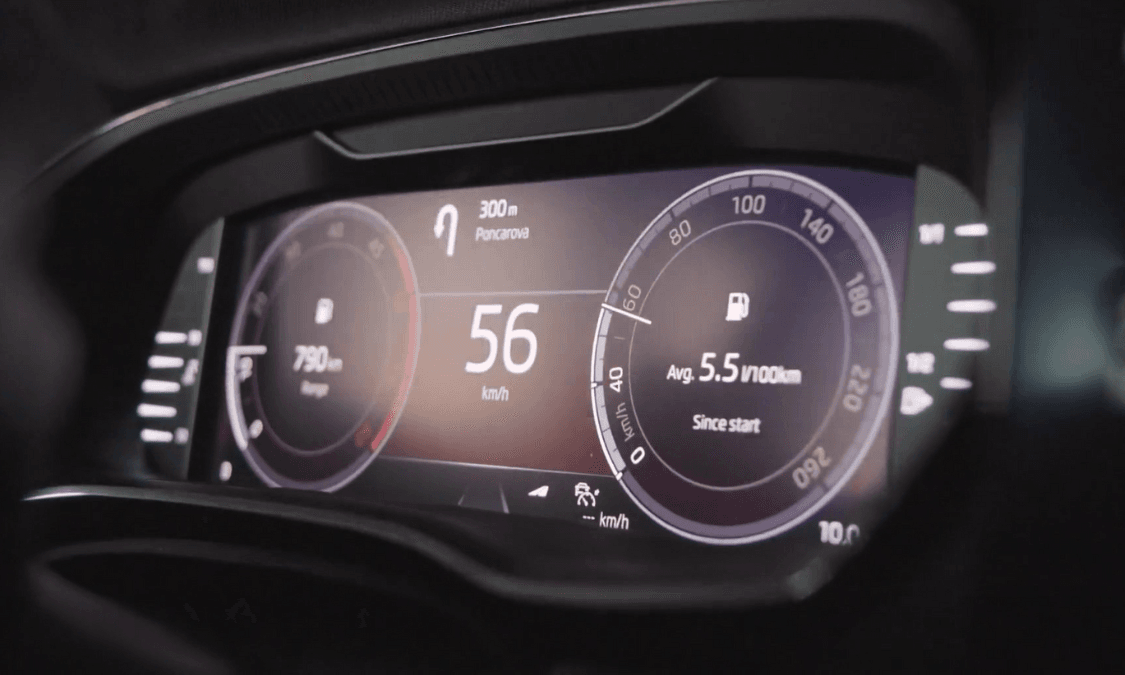
Last month, our research identified that fleets are losing tens of thousands of pounds each year through worrying driving habits, such as excessive speed, sharp acceleration and sudden braking. For many business fleets, especially those with traditional petrol and diesel vehicles, driving technique is the most influential factor in cutting fuel costs.
That’s why we’ve collated some top tips for drivers, to cut the amount of fuel usage by driving efficiently. If you think a colleague could benefit from these useful tips, be sure to share this advice with them.
For drivers to consider:
- Allow plenty of time for each journey to keep speed low. Did you know you can reduce fuel consumption by up to 25 percent when travelling slower than the 70-mph limit? Ensure all acceleration is gentle, and drive in the highest possible gear whilst keeping within the speed limit. These two tips are a lot easier to practice when plenty of time is allowed for each journey.
- Anticipate other vehicle movements. Try to anticipate what’s going to happen in front of you by looking well ahead. Sometimes, if it is safe to do so, there might not be a need to stop if the opportunity allows, or if the roundabout entrance coincides with a gap in traffic.
- Save fuel by turning off the air conditioning. The air conditioning in your vehicle is powered by fuel – so the more it’s in use, the more fuel you’ll use.
- Always consider combining short trips into one longer one. Vehicles burn more fuel in the first few miles of the journey. When your vehicle has been parked for a while, the engine temperature is lower, and requires more fuel. Once the engine is warm, it will operate at its most efficient.
For you to consider if you manage a fleet:
- Follow the Schedule: Stick to the maintenance schedule recommended by your fleet’s vehicle manufacturer. Regular oil changes, tyre rotations, and brake inspections can prevent costly repairs down the road.
- Ensure your fleet’s tyres are well maintained at the correct pressures. When they are due for replacement, there are brands that are designed for extra economy. Keep in mind, underinflated tyres tend to increase fuel consumption. We also have a poster all about tyre maintenance and safety which can be downloaded here.
- Where appropriate, ensure your drivers minimise vehicle weight as much as possible. Vehicles work just like the human body; the body needs more energy to move around larger weight, just like a vehicle. Send a reminder to your drivers to remove unnecessary items from their vehicle to reduce weight and improve fuel economy.
- Shop around. Thanks to the Competition and Markets Authority’s review of fuel pricing, most fuel retailers publish their prices. There are multiple apps, such as MyRAC, that can give you the cheapest local price. Do not assume that supermarkets are automatically the lowest-priced.
- If your drivers operate a plug-in vehicle, make sure they maximise the potential by charging the battery. The increased weight of the vehicle will mean that, in the long run, the actual mpg will be far short of the manufacturer’s claims. But over short journeys and by using electric where possible, your running costs will reduce.
To give your drivers a comprehensive guide on maximising fuel economy, consider our flagship on-road training course – Driving for Work. The course is delivered in your drivers’ own car, with a highly experienced Approved Driving Instructor – and includes a module specifically targeted at fuel economy. Empower your drivers with the skills and confidence to drive safely and efficiently. For more information, please get in touch.


